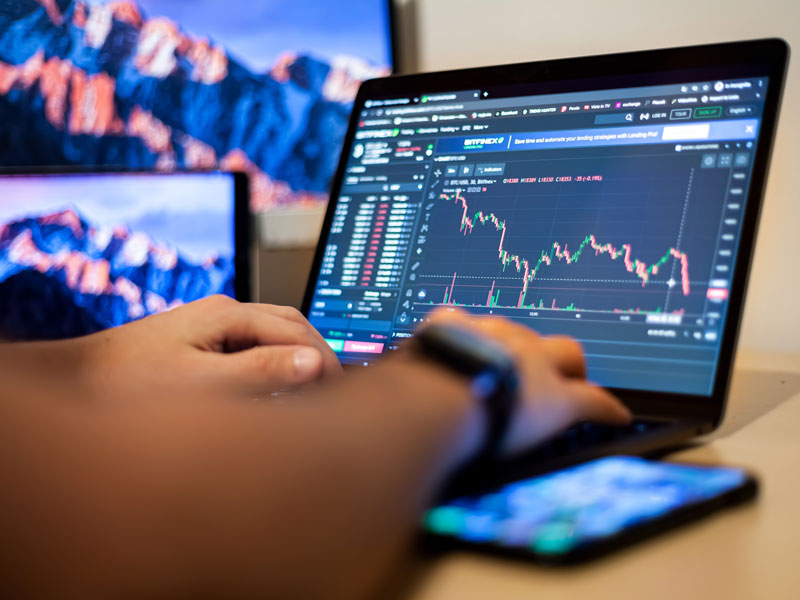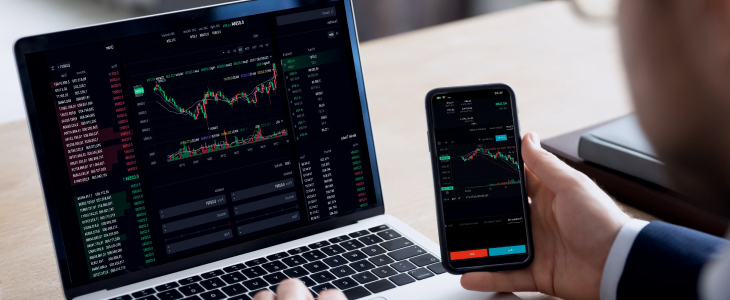
Forex Trading for Dummies
Forex trading, also known as foreign exchange trading, is the process of exchanging one currency for another to profit from fluctuations in exchange rates. It’s one of the largest financial markets globally, with an average daily trading volume exceeding $6 trillion. For beginners, the forex market may seem overwhelming, but with a solid understanding of the basics and a good strategy, anyone can start trading effectively. In this guide, we will explore the fundamentals of forex trading to help you become more confident in your trading skills. If you’re looking for reliable trading options, consider checking the forex trading for dummies Best Uzbek Brokers to get started.
Understanding the Basics of Forex
The forex market operates 24 hours a day, five days a week, allowing traders from around the world to buy and sell currencies. Currency pairs form the foundation of forex trading, with rates determined by supply and demand. The primary pairs traded in forex include major, minor, and exotic pairs.
Currency Pairs
Currency pairs consist of two currencies: the base currency and the quote currency. The base currency is the first currency in the pair, and the quote currency represents how much of it is needed to purchase one unit of the base currency. For instance, in the EUR/USD pair, the euro (EUR) is the base currency, and the US dollar (USD) is the quote currency. If the EUR/USD rate is 1.20, it means one euro can be exchanged for 1.20 US dollars.
Types of Currency Pairs
- Major Pairs: These pairs involve the most traded currencies, including USD, EUR, JPY, GBP, AUD, CAD, CHF, and NZD. Examples include EUR/USD, USD/JPY, and GBP/USD.
- Minor Pairs: These pairs do not involve the USD but consist of other major currencies. Examples include EUR/GBP, AUD/NZD, and GBP/JPY.
- Exotic Pairs: These pairs include one major currency and one currency from a developing economy, such as USD/TRY (Turkish Lira) or USD/ZAR (South African Rand).
How Forex Trading Works
To start trading in the forex market, you need to choose a broker, open a trading account, and deposit funds. Brokers act as intermediaries, providing trading platforms for you to execute trades. When trading currencies, you can either go long (buy) or short (sell).
Long and Short Trading

When you believe a currency pair will appreciate, you go long by buying the base currency. Conversely, when you anticipate depreciation, you go short by selling the base currency, expecting to buy it back at a lower price. The goal is to profit from the price movement in either direction.
Leverage and Margin
One of the appealing aspects of forex trading is the availability of leverage, which allows traders to control larger positions with a smaller amount of capital. Leverage is expressed as a ratio, such as 100:1, meaning you can trade $100,000 with just $1,000. However, while leverage can amplify profits, it also increases the risk of significant losses.
Understanding Margin
Margin is the amount of money required to open a leveraged position. It is often expressed as a percentage of the total trade size. For instance, if you are trading with 100:1 leverage, you would need to deposit 1% of the total position value as margin.
Forex Trading Strategies
Developing a trading strategy is crucial for success in forex trading. Here are some popular strategies that beginners can consider:
1. Day Trading
Day trading involves opening and closing positions within the same trading day. This strategy requires constant monitoring of the market to capitalize on short-term price movements. Day traders typically use technical analysis to make informed decisions.
2. Swing Trading
Swing trading focuses on capturing short- to medium-term price movements. Traders hold positions for several days to take advantage of expected market swings. This approach requires a solid understanding of both technical and fundamental analysis.
3. Scalping

Scalping is a high-frequency trading strategy aimed at making small profits from numerous trades throughout the day. Scalpers rely on quick execution and may hold positions for mere minutes.
4. Position Trading
Position trading involves holding trades for an extended period, often weeks or months, based on long-term market trends. This strategy requires extensive research and analysis to identify significant market opportunities.
Risk Management in Forex Trading
Risk management is a critical component of successful forex trading. New traders often overlook this aspect, leading to substantial losses. Here are key strategies to manage risk:
1. Use Stop-Loss Orders
Setting stop-loss orders helps protect your capital by automatically closing a trade when it reaches a predetermined loss level. This ensures that you do not lose more than you are willing to risk on a single trade.
2. Diversify Your Portfolio
Avoid putting all your capital into one trade or currency pair. Diversifying your portfolio can help spread risk and mitigate potential losses. Consider trading multiple pairs that are not strongly correlated.
3. Determine Position Size
Calculated position sizing based on your trading capital, account leverage, and stop-loss level is essential for effective risk management. Use position sizing calculators to help determine the appropriate amount to risk on each trade.
Conclusion
Forex trading is an exciting and potentially lucrative market for those willing to invest time in learning and practicing. By understanding the basics, developing a solid trading plan, and implementing risk management strategies, you can increase your chances of success. Remember, every successful trader started as a beginner, so take your time, be patient, and continuously educate yourself about the forex market.
